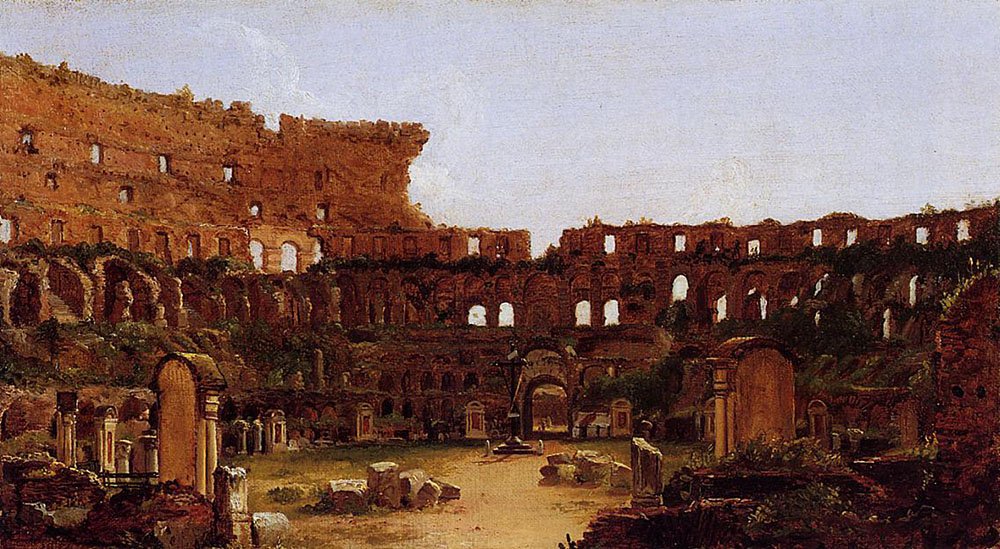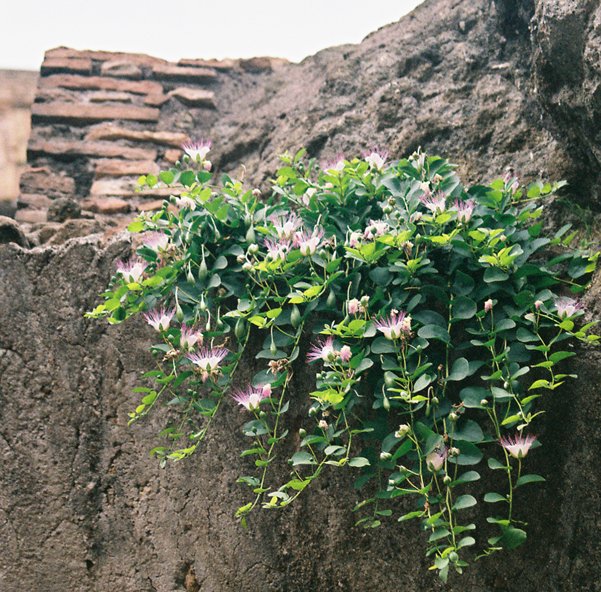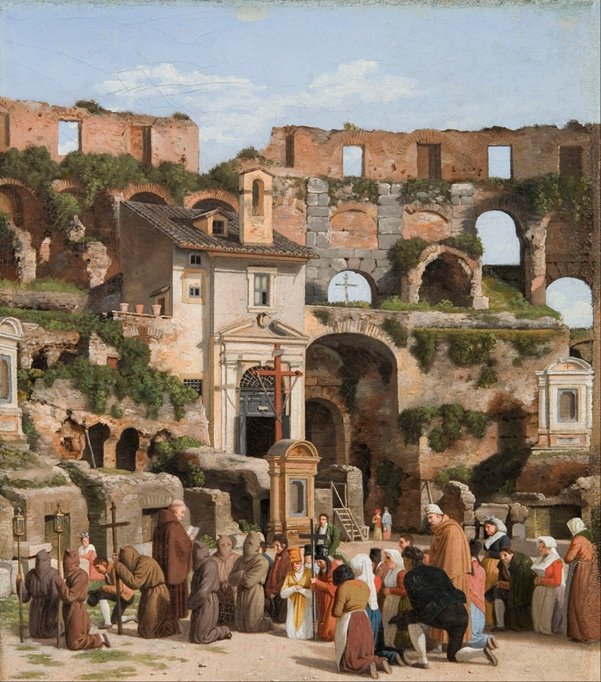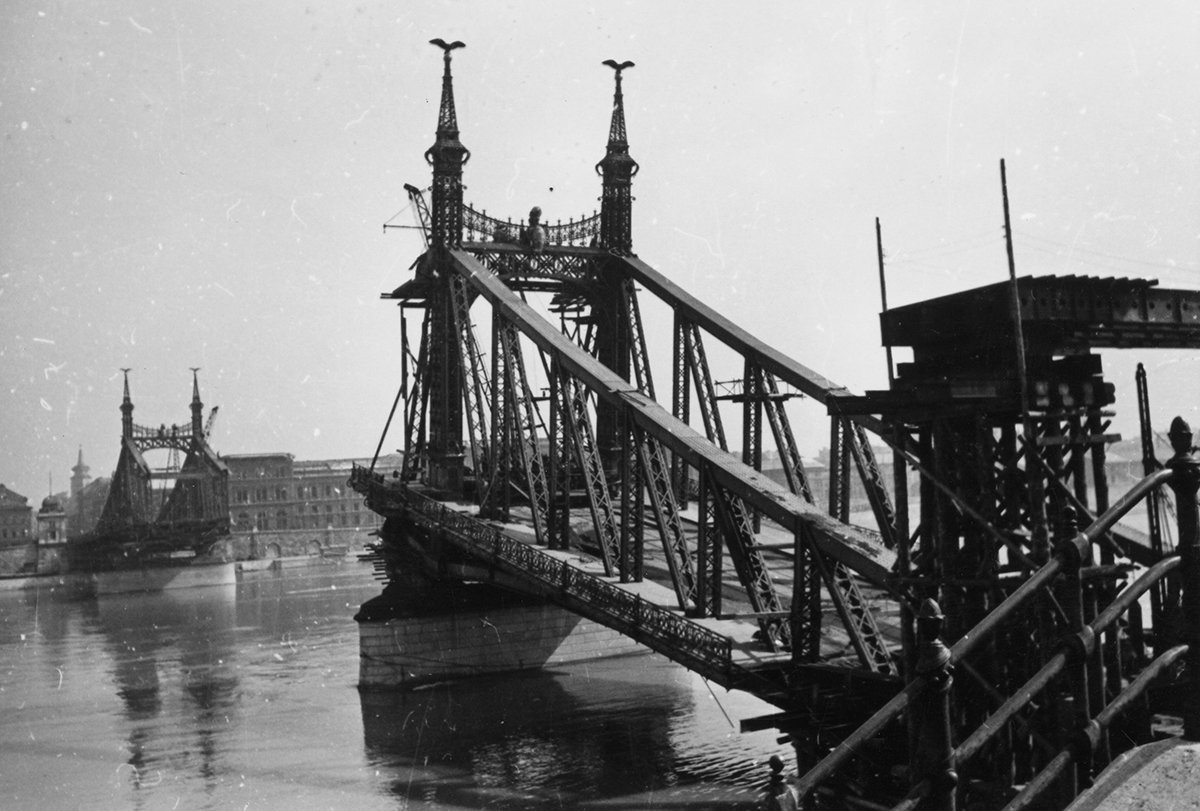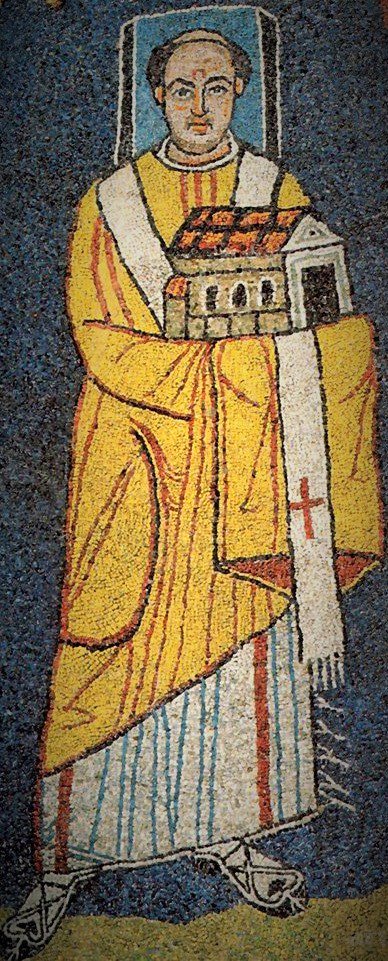But some flowers growing there mystified him. They were so rare they were found nowhere else in Europe.
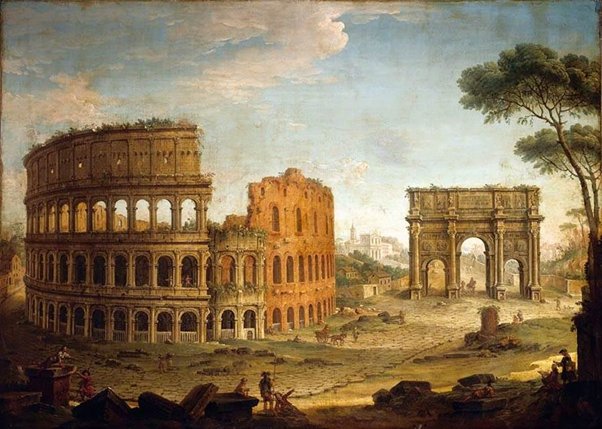
Deakin proposed that the plants had been brought as seeds on the fur of animals like lions & giraffes, brought from Africa to perform & fight in the arena.
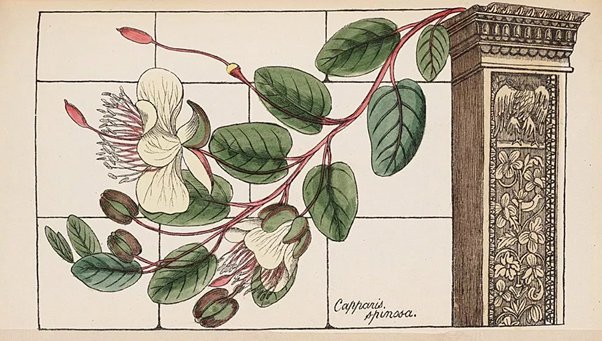
Deakin opens his volume by calling the plants growing in the arena ‘a link in the memory’ that ‘flourish in triumph upon the ruins’.

It had served as a quarry, a fortress, a bull ring & a place of worship. It had been struck by earthquakes 5 times.
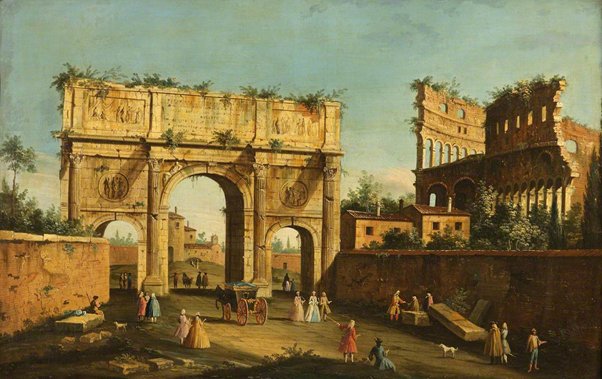
At the beginning of C18th, the Colosseum was officially consecrated & a hermitage was built on the stands, with stations of the cross around the outside.
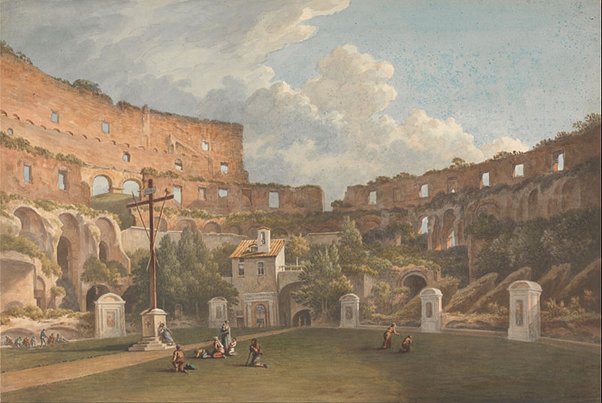
“This spectacle of the world, how it is fallen! How changed! How defaced! The path of victory is obliterated by vines”
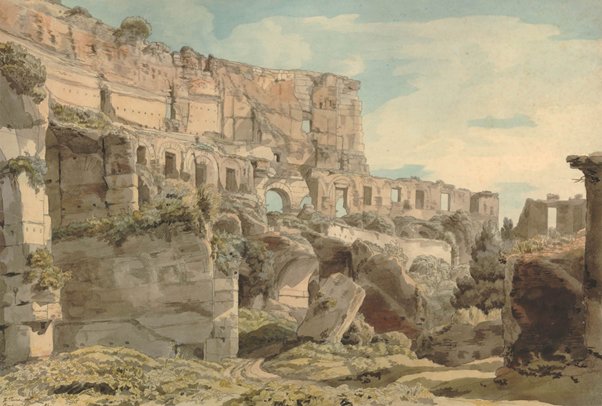
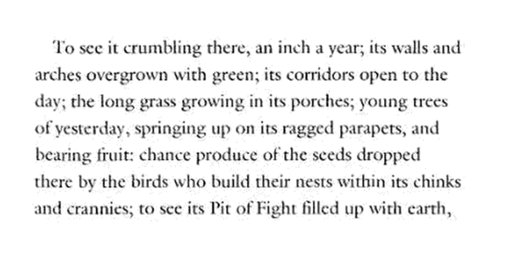
Here, where the dames of Rome their yellow hair
Wav’d to the wind, now wave the reed and thistle
Full poem: eapoe.org/works/poems/co…

Plantlife was so abundant there that at certain times, peasants had to pay for permission to collect the hay & herbs that grew among the ruins.
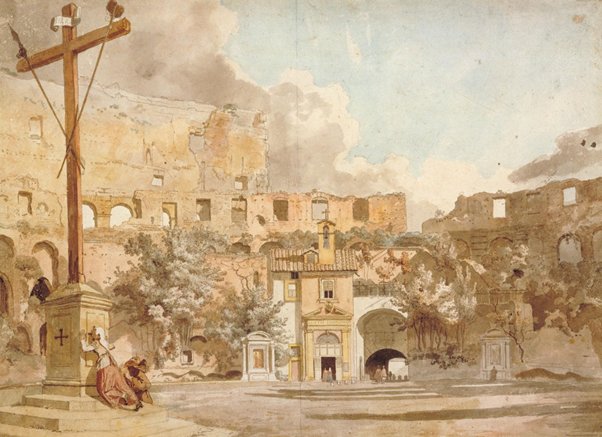
Pink dianthus grew down in the galleries, while white anemones grew in the stands during Spring.
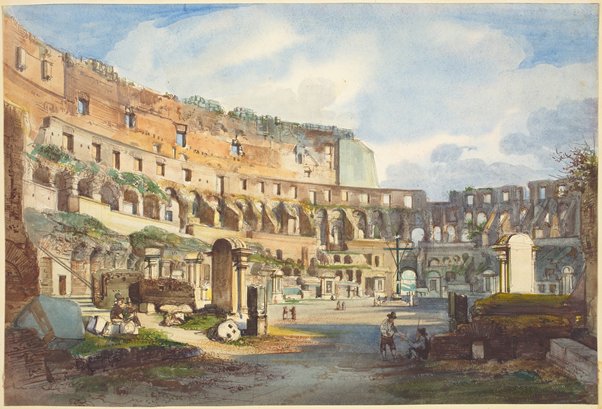
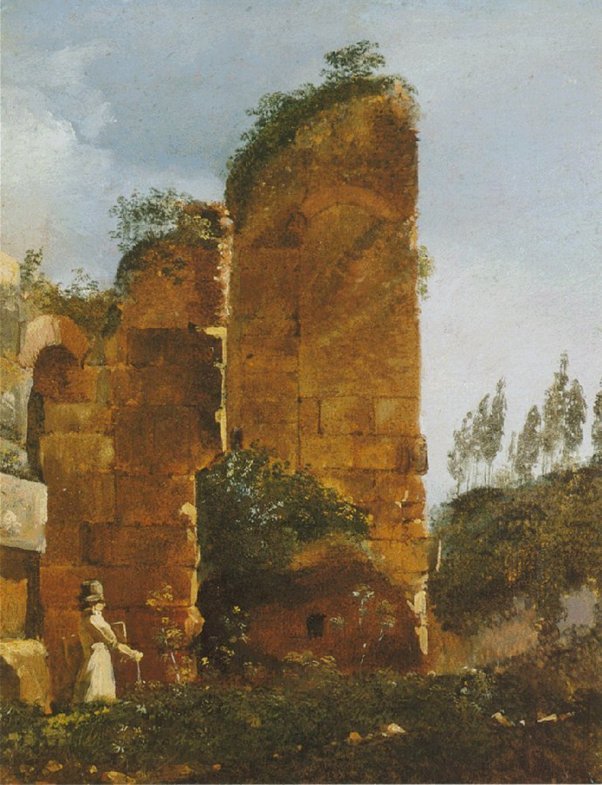
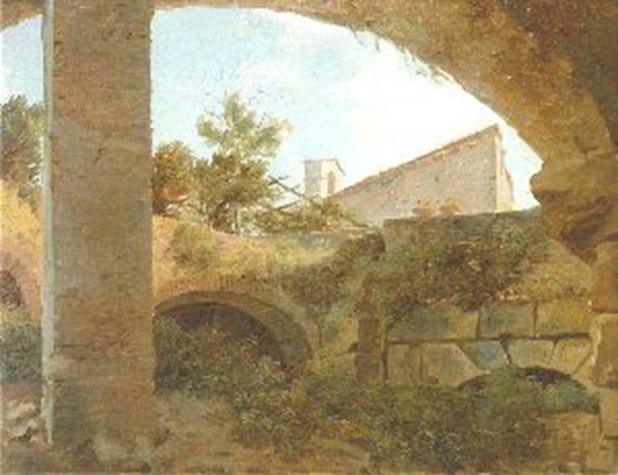
Meanwhile Turner’s The Colosseum, Rome, by Moonlight (1819) shows an almost tropical garden growing in the arena’s shadows.
#RuinsInArt
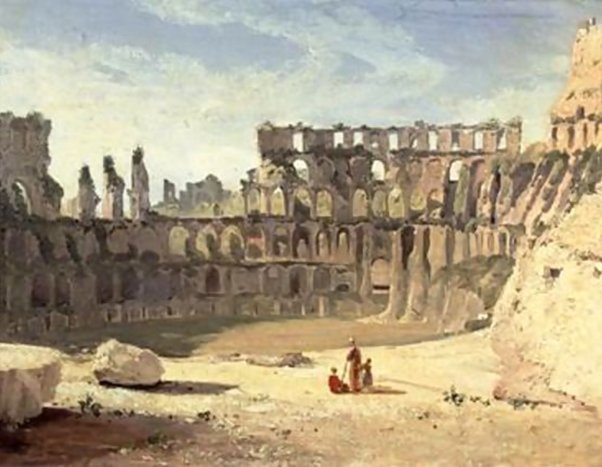
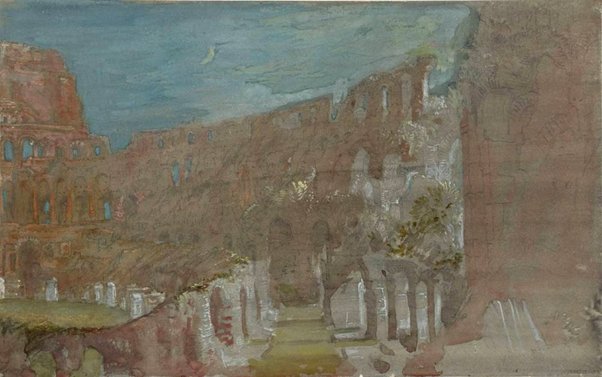
He beautifully captures the abundant greenery growing in the Colosseum’s stands, as well as its lost history as a place of Christian worship.
#RuinsInArt
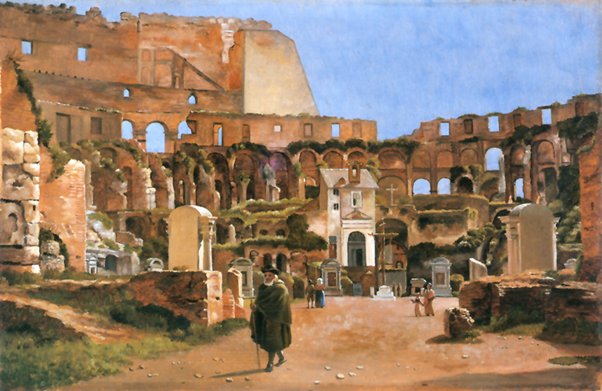
The clean-but-classical design of the The Altare della Patria or "wedding cake" monument in Rome shows their desired look.
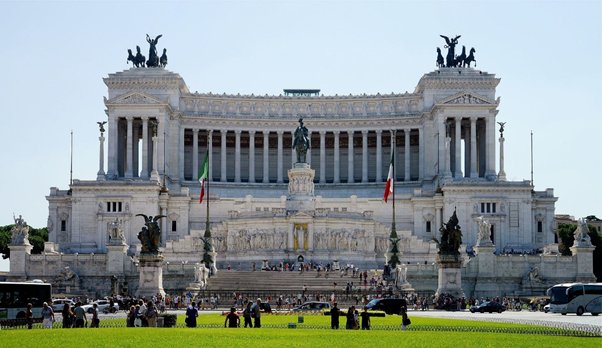
The Colosseum's days as a wild & overgrown place came to a close.
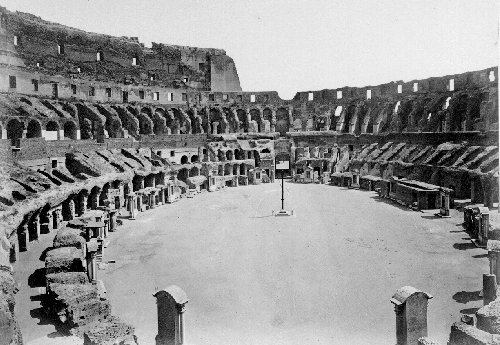
“Nature liked to dress poetically the venerable walls by mitigating their sternness with the graceful ornament of plants and flowers… now archaeological cupidity has destroyed everything”
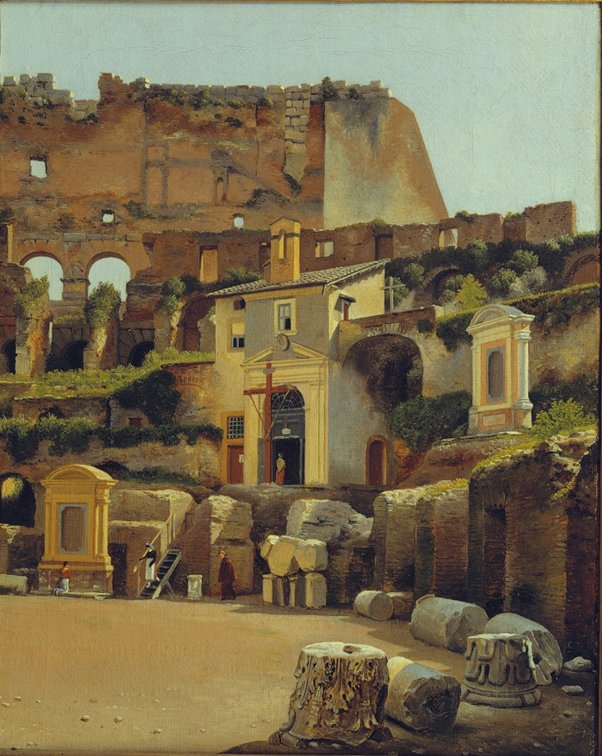
A study between 1990-2000 found 243 distinct species still growing there, although this number is scarcely half what Deakin observed in the C19th.
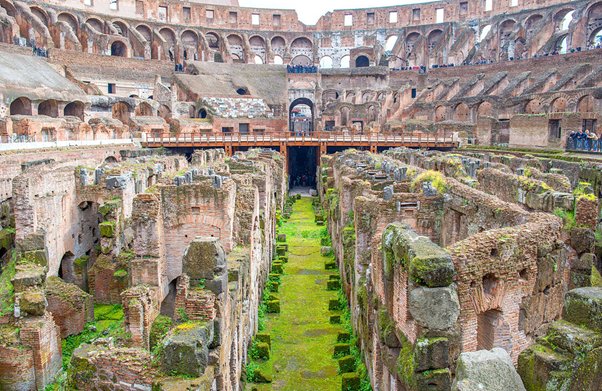
But whether these came here on the pelts of lions, we may never know for sure.
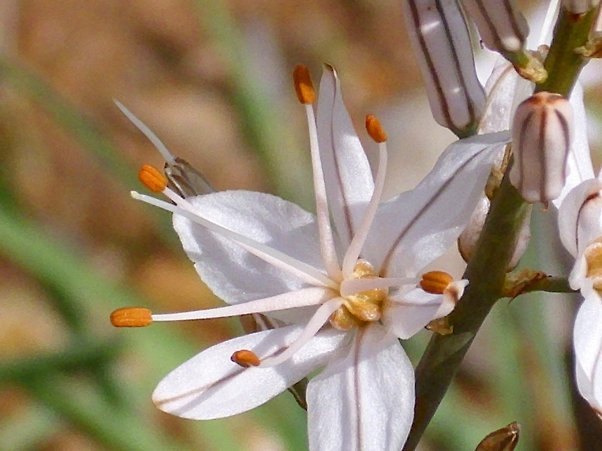
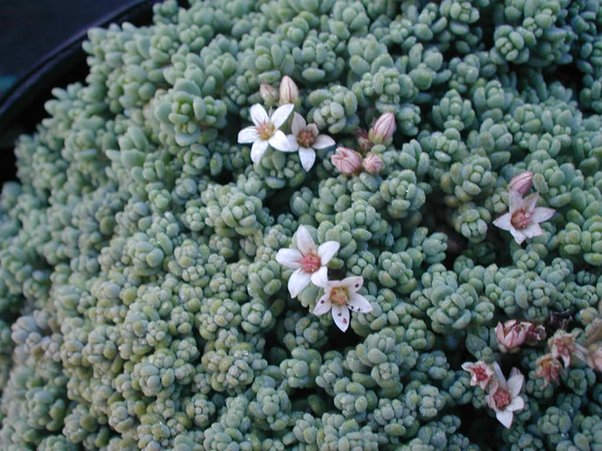
Other parts, like the plantlife & the later historical stages of the ruin, are deemed “improper”, & are removed.
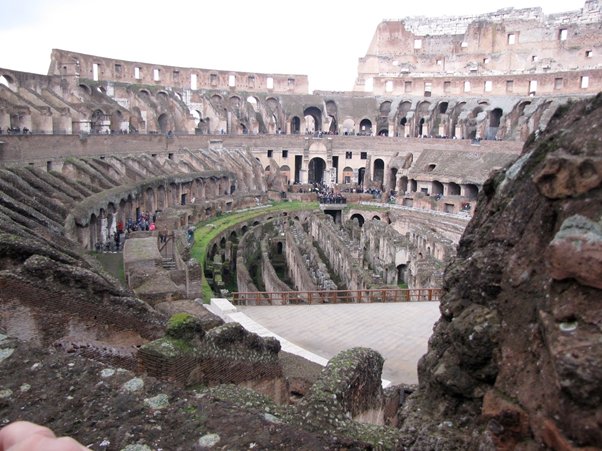
Can we undertake valuable conservation work & also keep the romance of old ruins, their use as inspiration for artists & the stories hidden in the layers of their history?
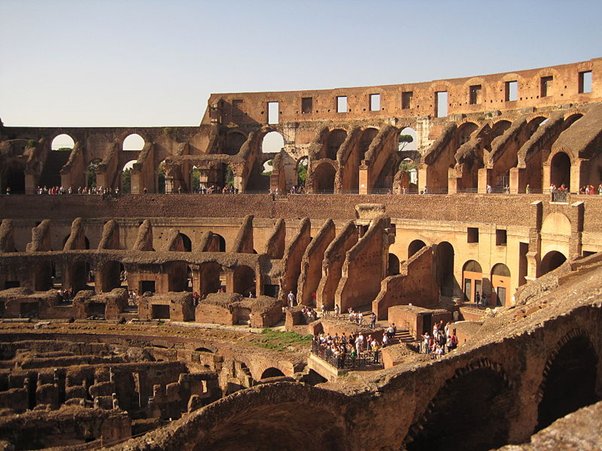
Christopher Woodward, In Ruins: books.google.co.uk/books/about/In…
Richard Deakin, Flora of the Colosseum: archive.org/details/florac…
